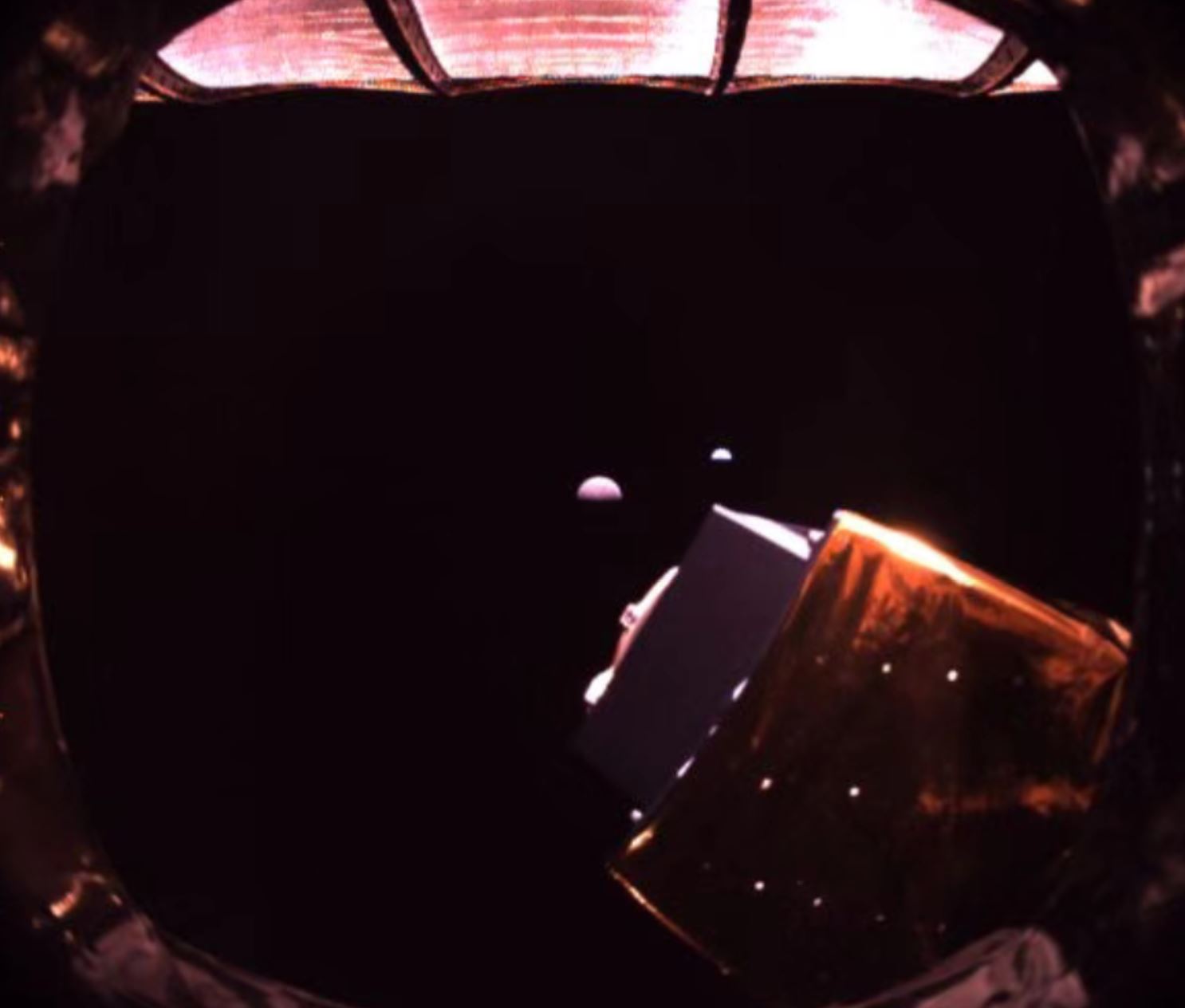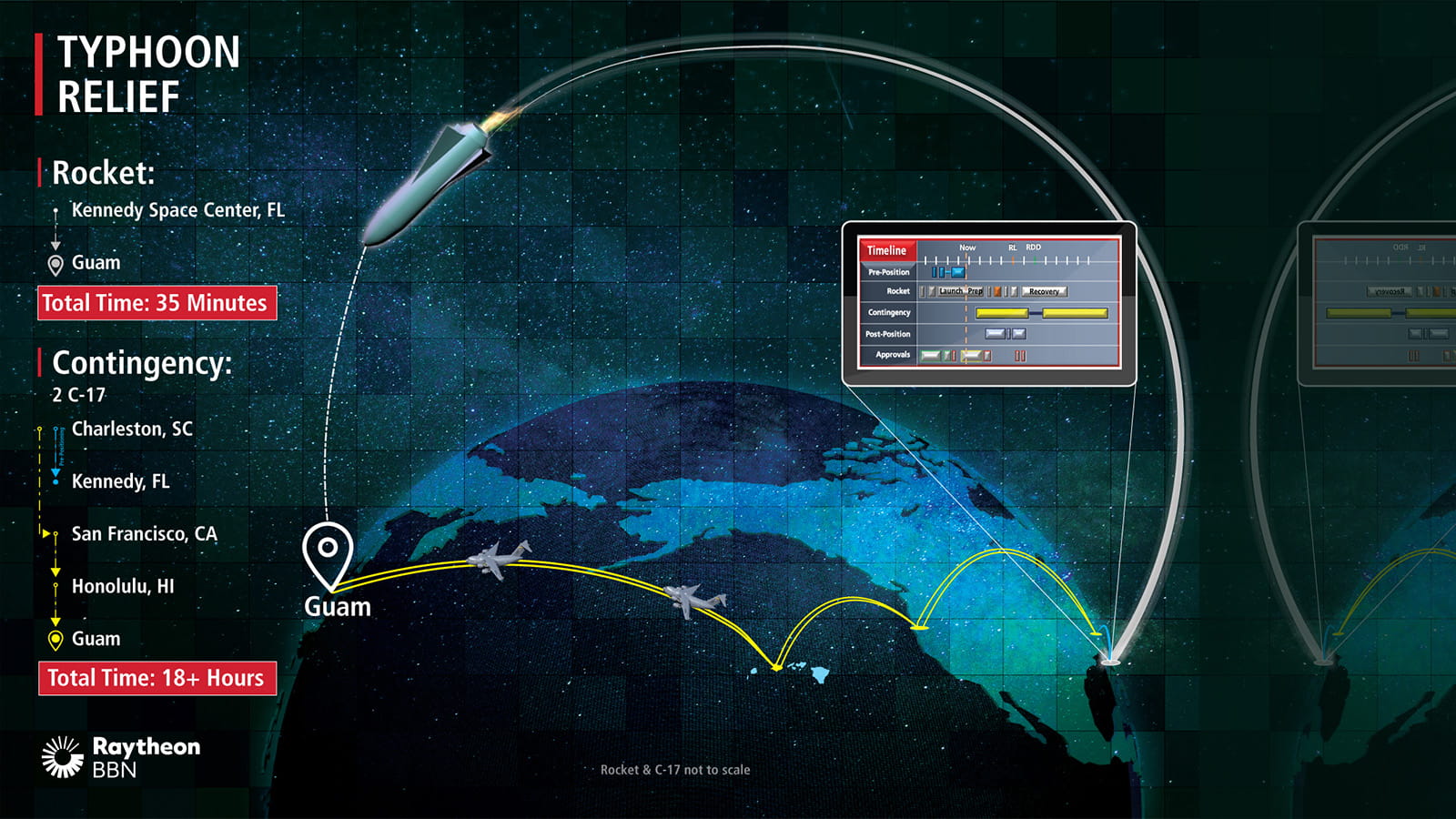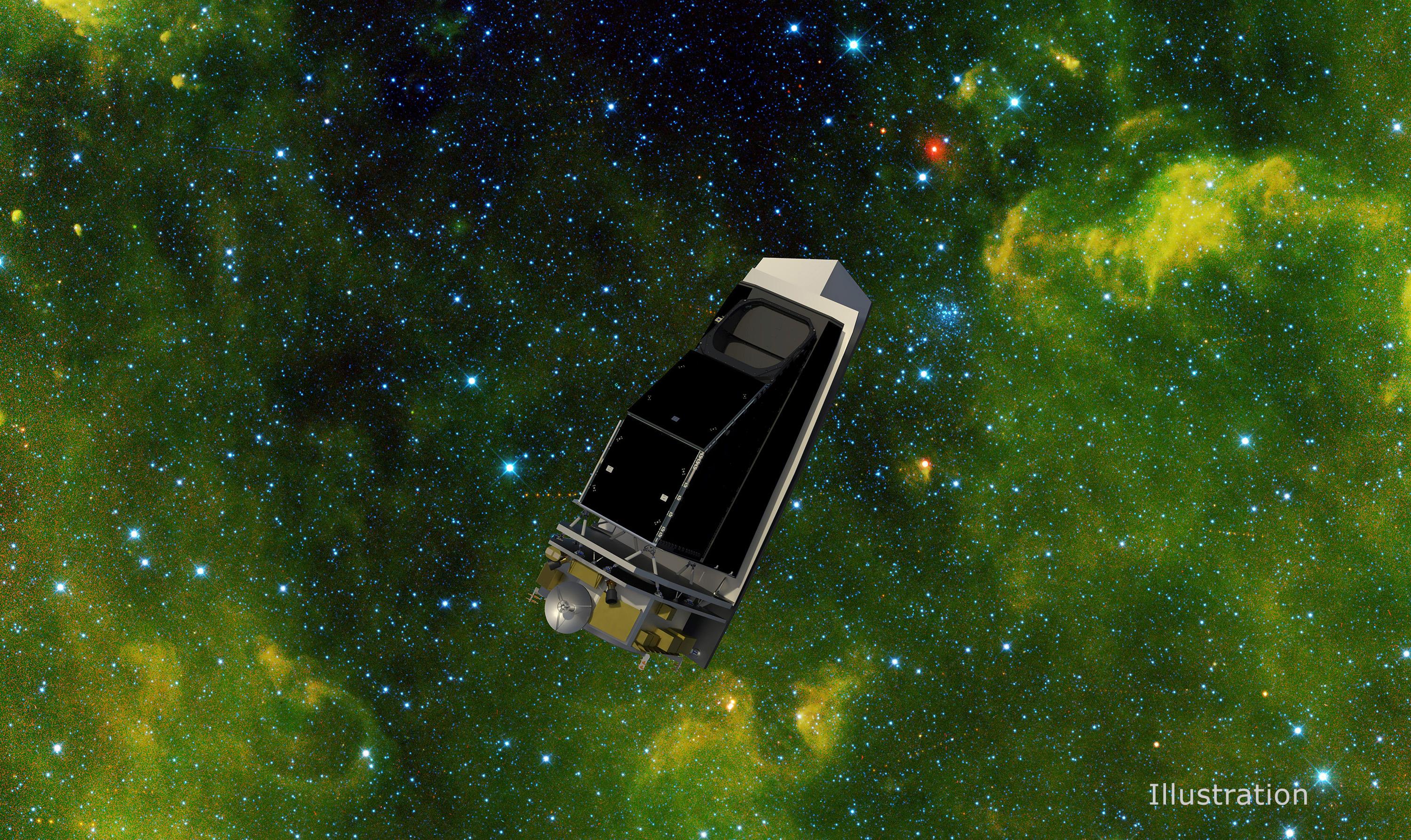SpaceVPX (VITA 78) and the World of Interconnect
Original Publication Date: 2023-01-16 13:00

SpaceVPX is a standard for creating plug-in cards from its slot profile and module (protocol) profiles. The primary goal of SpaceVPX is to cost-effectively remove bandwidth as a constraint for future space systems. Explore the basics of SpaceVPX with the designers of the VPX and SpaceVPX interconnect.
China to launch relay satellite next year to support moon landing missions
Original Publication Date: 2023-01-18 11:06

China will launch its Queqiao-2 communications relay satellite in 2024. Queqiao- 2 will support upcoming robotic landing missions at the lunar south pole and far side of the moon. Chang’e-6 will target a crater inside the massive, ancient South Pole-Aitken (SPA) Basin.
Rocket Lab cautiously optimistic about Neutron’s future in national security launch
Original Publication Date: 2023-01-17 23:23

Rocket Lab CEO Peter Beck says U.S. Military could be customer of company's future rocket. DoD invested more than $24 million in the development of Neutron’s upper stage. Beck: Neutron would be happy to bid for medium-lift launches but not heavy.
Spanish startup to upgrade tiny satellites to take on global IoT market
Original Publication Date: 2023-01-17 21:30

Spanish startup Fossa Systems operates a constellation for connecting low-power monitoring devices. The three-year-old company currently has 13 picosatellites in low Earth orbit. CEO Julián Fernández said pilot customers have helped the company make $1 million in revenue.
Raytheon to develop planning software for military cargo missions that would fly on space rockets
Original Publication Date: 2023-01-17 20:27

Raytheon Intelligence & Space won a four-year, $8.7 million contract. The company will design a planning tool that would allow the Air Force to coordinate a rocket cargo mission. Several commercial space firms have signed agreements with the U.S. Military.
NASASpaceFlight.com
India launches a new ocean monitoring satellite on Saturday morning. The EOS-06 spacecraft was delivered into a low Earth orbit. The mission, PSLV C54, lifted off from the Satish Dhawan Space Centre at 11:56 local time (06:26 UTC)
Commercial Archives
SpaceX is preparing to carry out the first Starlink launch of 2023 with a mission that will place 51 satellites into orbit. The Group 2-4 mission, which was delayed from November, is now slated for liftoff at 8:18 AM PST Sunday (16:18 UTC)
International Archives
China has launched two more missions to orbit. First, a Chang Zheng 2C launched from the Xichang Satellite Launch Center (XSLC) on Thursday at 18:10 UTC. On Friday a Chang Zheng 2D was launched from the Jiuquan Satellite Launch Center (JSLC)
ISS Updates – Spaceflight101 – International Space Station

A veteran NASA spacewalker and an EVA rookie from Japan ended their week with nearly six hours of work outside the International Space Station. The restoration of the Station’s Mobile Servicing System started last year and continued in January to provide Canadarm2 with a new pair of grappling hands.
Featured – Spaceflight101

A SpaceX Falcon 9 took to the skies over Florida’s Cape Canaveral Monday afternoon. The Falcon 9 lifted a flight-proven Dragon spacecraft into orbit for a critical delivery of science gear, supplies and maintenance hardware. It is the first of at least six cargo ships inbound to the U.S. Segment of ISS this year.
News – Spaceflight101

Russia's Rockot booster set to blast off from the Plesetsk Cosmodrome at 17:57 UTC with the Sentinel-3B multi-function satellite. Sentinel-3B is a multi-function satellite that will be part of Europe's Copernicus satellite fleet.
Re-Entry: Long March 11 Rocket Body – Spaceflight101

The CZ-11 fourth stage used leftover propellant for a partial de-orbit maneuver, lowering its perigee to 120 Kilometers to significantly accelerate its orbital decay. It is reportedly built around a YF-50 main engine and in a nominal mission conducts the orbital circularization after the three CZ-11 stages finish their job.
NASA’s Lunar Flashlight Team Assessing Spacecraft’s Propulsion System

Lunar Flashlight is the first interplanetary spacecraft to use a new kind of “green” propellant. The SmallSat will use a new laser reflectometer built with four near-infrared lasers to shine a light into the permanently shadowed craters at the lunar South Pole to detect surface ice.
NASA Scientists and Satellites Make Sense of Earth’s Subtle Motions

JPL scientists are mapping where the Hayward Fault is creeping to better understand how much of it is likely to slip in the next large earthquake. Creeping faults are less likely to produce large earthquakes because the motion relieves much of the stress. JPL’s Zhen Liu is using InSAR data to study a different kind of motion in the earthquake-prone Pacific Northwest.
NASA’s TESS Discovers Planetary System’s Second Earth-Size World

Scientists have identified an Earth-size world orbiting within the habitable zone of its star. The world is 95% Earth’s size and likely rocky. Astronomers previously discovered three planets in this system, called TOI 700 b, c, and d. But scientists needed an additional year of TESS observations to discover TOI 700 e.
NASA Wants You to Help Study Planets Around Other Stars

Exoplanet Watch is a new NASA program that lets anyone look for planets outside our solar system. Participants can use their own telescopes to detect planets, or they can look for exoplanets in data from other telescopes using a computer or smartphone. Exoplanet Watch began in 2018 under NASA’s Universe of Learning program.
NASA Space Missions Pinpoint Sources of CO2 Emissions on Earth

Emissions from large facilities such as power plants and refineries account for about half of global carbon dioxide emissions from fossil fuels. Bełchatów Power Station, in operation since 1988, is the largest lignite-fired power plant in the world. The Polish government has drafted plans to close the plant by the end of 2036.
Watch the Latest Water Satellite Unfold Itself in Space

The Surface Water and Ocean Topography (SWOT) satellite launched into Earth orbit on Friday, Dec. 16. The solar arrays fully deployed shortly after launch, taking about 10 minutes. The mission monitors and controls the satellite using telemetry data, but it also equipped spacecraft with four customized commercial cameras to record the action.
Construction Begins on NASA’s Next-Generation Asteroid Hunter

NASA’s Near-Earth Object Surveyor recently passed a rigorous technical and programmatic review. The mission is transitioning into the final design-and-fabrication phase. The mission supports the objectives of NASA’s Planetary Defense Coordination Office (PDCO)
